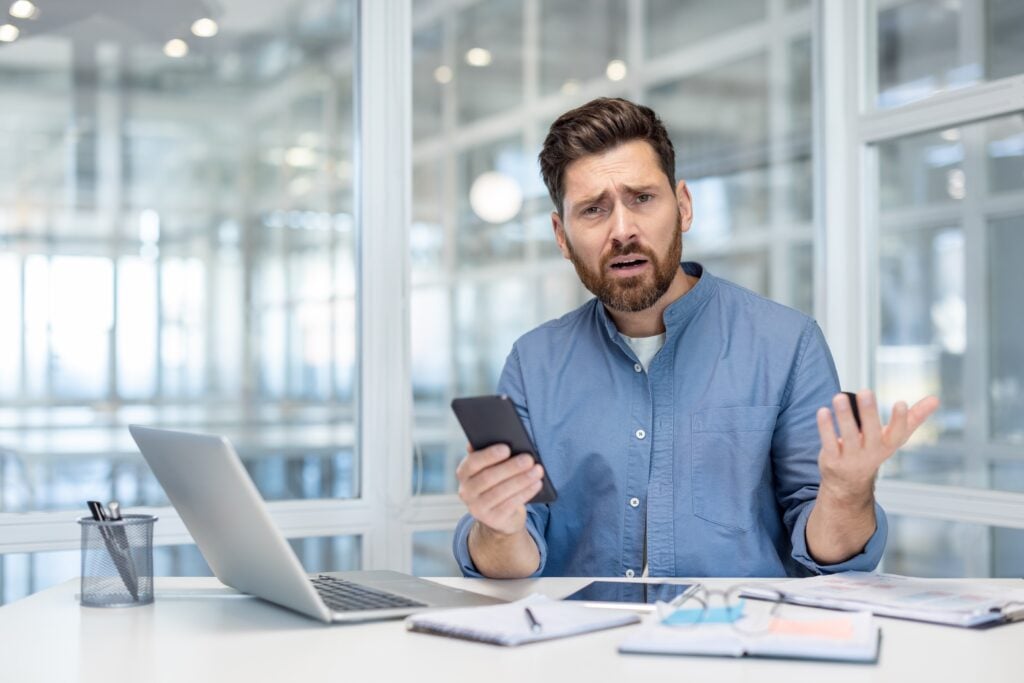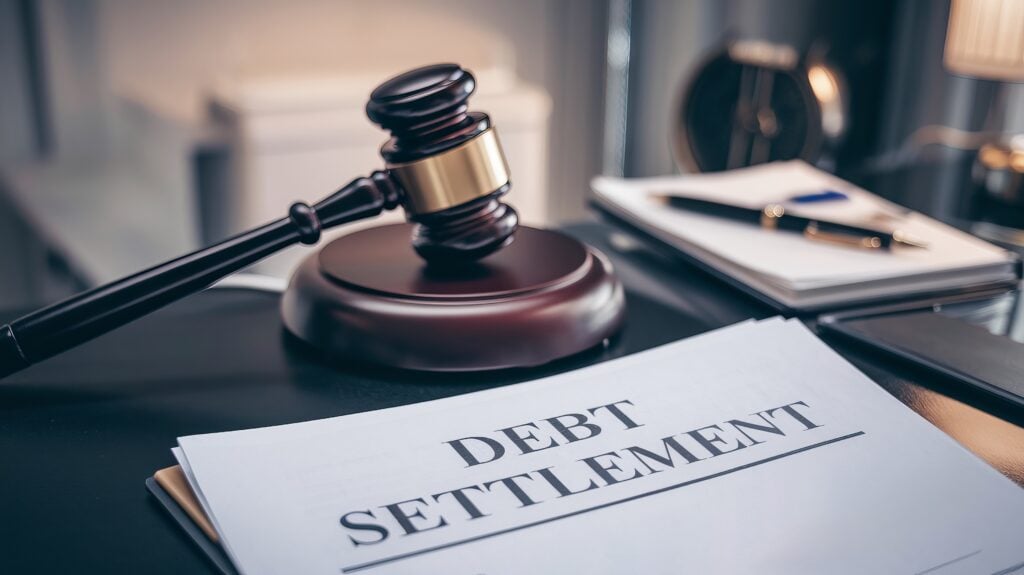
Money problems can happen to anyone. A sudden job loss, large medical bills, or too much credit card debt can leave people feeling stuck. When bills pile up and there’s no clear way to pay them, filing bankruptcy might seem like the only option left. It’s not an easy choice, and it’s not right for everyone. But in some cases, it can provide real relief from debts and offer a much-needed clean slate.
This article explains what personal bankruptcy is, when it makes sense, and what to expect during the bankruptcy process.
What Does Bankruptcy Mean?
Bankruptcy is a legal option for people overwhelmed by outstanding debt. It is a legal process governed by bankruptcy laws and handled through the bankruptcy courts. The process can lead to a bankruptcy discharge, which means certain debts are legally wiped away. While it may sound like a quick fix, it has long-term effects, especially on credit.
There are two common types of debt relief under the bankruptcy code for individuals:
- Chapter 7: Often used when someone has little or no monthly income. This form of personal bankruptcy allows for the discharge of debts such as unsecured debts, like credit card balances and medical bills, though some personal property may be sold to pay secured debts.
- Chapter 13: Designed for individuals with regular income. This option involves a structured repayment plan, typically lasting three to five years. It helps protect certain types of property while gradually paying back creditors.
For people living in the southeastern U.S., getting legal aid bankruptcy in Florida is often available through nonprofit legal groups. These organizations help low-income individuals understand the bankruptcy process and may even assist with filing the bankruptcy petition. Access to experienced bankruptcy attorneys or bankruptcy lawyers can reduce stress and prevent costly mistakes.
Signs Bankruptcy Might Be the Right Step
Filing bankruptcy isn’t right for everyone, but certain financial circumstances may make it the best option.
1. Debt Keeps Growing, Even With Payments
If someone keeps paying but the outstanding debt doesn’t shrink, usually because interest keeps adding up, then bankruptcy might be a more effective solution. This is especially true for those with mostly unsecured debts.
2. Taking Out New Loans to Pay Old Ones
Using one loan to cover another is often a warning sign of deeper issues. This can lead to additional debt and more financial instability. At this point, no budget or small change will fix the problem, and bankruptcy attorneys may suggest considering legal options.
3. Getting Calls From Collectors or Facing Legal Action
When debt collectors start calling constantly or legal threats appear, stress grows quickly. Filing a bankruptcy petition can trigger an “automatic stay,” a rule that temporarily stops all collection actions. This pause can offer room to breathe and reevaluate.
4. Can’t Afford Basic Needs
If debt payments are so high that they interfere with buying groceries, paying rent, or keeping the lights on, it may be time to explore more serious options. Bankruptcy might be the only path forward to reclaim financial stability.
Times Bankruptcy Might Not Be a Good Idea
Although bankruptcy can help in many situations, it doesn’t work for every type of debt relief or financial issue.
1. The Debt Can Still Be Handled
If someone has regular income and their secured debts and unsecured debts are still manageable, a few spending cuts or extra income streams may be enough. Filing for bankruptcy under these conditions may cause more harm than help, especially since it will affect credit for years.
2. The Debt Can’t Be Erased
Certain debts—such as tax debts, student loans, and child support—generally survive bankruptcy. Because these debts are not eligible for discharge of debts, the benefit of filing becomes limited.
3. Risk of Losing Property
Under Chapter 7, individuals may lose valuable personal property that isn’t protected by law. Items like a second car, vacation home, or other types of property could be at risk. If keeping those assets is important, Chapter 13 or avoiding bankruptcy might be better.
Other Options to Think About First
Bankruptcy should often be the final step, not the first. Here are other solutions to consider:
1. Debt Settlement

Debt settlement companies work to reduce what you owe by negotiating with creditors. While this may hurt credit, it is less severe than business bankruptcy or personal bankruptcy and avoids the legal process of court.
2. Debt Management Plans
Nonprofit credit counseling agencies can offer structured plans to pay off debt in three to five years. These plans often reduce interest and combine several payments into one, helping people avoid filing for bankruptcy.
3. Personal Loans or Credit Card Transfers
A well-structured loan with a lower rate can simplify debt and reduce financial pressure. In some cases, credit cards with zero-interest transfers can provide short-term relief and a way to pay down balances without generating additional debt.
Conclusion
Filing bankruptcy is a serious decision with lasting effects, but it can provide critical relief from debts for those drowning in outstanding debt. It should be approached with care and with the help of experienced bankruptcy attorneys. Whether someone is facing collection actions, struggling with low monthly income, or has debts that grow despite payments, bankruptcy may offer a viable solution.
It’s not just about wiping the slate clean—it’s about understanding your financial circumstances, knowing your rights under bankruptcy laws, and choosing the right type of debt relief for your situation. With the right help, including guidance from bankruptcy lawyers, a better financial future is possible.
Source: Fleysher Law, Bankruptcy & Debt Attorneys